If you liked 1996’s game-changing meta-horror masterpiece “Scream”, try the criminally underrated 2006 opus “Behind the Mask”.
In 1996, the horror film industry received a long-awaited and well-deserved rush of blood with the release of a new film that would serve as the first chapter in one of the most beloved franchises in scary movies.
The motion picture – starring some of Hollywood’s youngest, most attractive talent; written by a leading voice in genre filmmaking; directed by one of the greatest godfathers of the genre; and cleverly referential with its use of fiendishly familiar slasher movie tropes – reminded fans of what they’d always loved about scary movies, even during droughts in which Hollywood seemed to forget that some devilish devotees were simply waiting for a return to greatness for cinematic scares.
The film in question was Scream, and its incredible box office success and unique approach to horror storytelling – more specifically, the subgenre of slasher films – would legitimately earn its right to spawn no less than five sequels, the last of which was recently released on physical media as Scream VI, also streaming on Max.
There will be no quiz at the end of this lesson, but as the first film’s victims were largely high school students, a Cliff’s Notes recap of the seminal film could prove refreshing.
As the movie begins, Sydney Prescott (Neve Campbell) has been in an existential state of flux: it’s been a year since the much-publicized murder of her mother; her relationship with her father (David Booth) is tenuous, at best, and her love life with boyfriend Billy Loomis (Skeet Ulrich) remains on autopilot as Sydney continues to deal with her intimacy issues.
From there, a localized body count begins to haunt Sydney as the killer – or killers – known as Ghostface begins to pick off various citizens of the once-quiet Woodsboro.
Part of the meta quality of the film, which would utilize tongue-in-cheek nods to the most familiar plot points in traditional slasher films, establishes itself in the opening moments of the movie.
The horror-centric telephone trivia hosted by the killer and played by Casey Becker (Drew Barrymore) pulls no punches, letting the audience understand that this is a horror film that could not exist without the bloodshed spilled by other movies before it. Craven even manipulates the viewer as Alfred Hitchcock more than 30 years earlier when Marion Crane (Janet Leigh) surprisingly died so early in the story of Psycho, despite the fact that the audience was convinced she was the film’s protagonist through her repeated use in marketing, whether in film trailers or posters.
Similarly, Barrymore’s likeness was publicized on every version of the poster for Scream; she was heavily employed in various forms of marketing. But alas, her character becomes the first victim at the working end of Ghostface’s knife, a signal to the audience that no one is safe from peril in this particular movie, that death could lurk around every corner.
Scream also made creative use of its red herrings, those innocent characters who would become suspects due to specific circumstances of the film’s plot or character development.
At various stages in the movie, any number of characters are cast as potential faces behind the Ghostface mask. Sydney’s family-friendly father made him a possible suspect, as he seems unreachable by phone on his apparent business trip, which conveniently coincides with the anniversary of his lecherous wife’s murder, to video store ubergeek Randy (Jamie Kennedy), who appears to be a walking, talking encyclopedia of cinematic horror, capable of deciphering the most minute details of a scary movie.
Then, momentarily, Principal Himbry (Henry Winkler, in an uncredited performance) appears to possess the potential for murder due to his uncontrollable, outspoken disdain for this generation’s cavalier and despicable disregard for compassion and life, and even Sheriff Burke (Joseph Whipp), who wears shoes disturbingly similar to that of the masked killer, is not far from scrutiny.
The film circuitously perplexes the viewer with Ghostface’s real identity until the film’s shocking conclusion that it’s not one killer but two.
TRY BEHIND THE MASK: THE RISE OF LESLIE VERNON (2006)
The 2006 meta slasher Behind the Mask: The Rise of Leslie Vernon, for better or worse, is not quite a mystery of possible suspects, but the criminally underseen slasher film certainly and gleefully pays homage to the history of the horror subgenre as well.
The film isn’t interested in a cat & mouse-like game of subterfuge like Scream, but it will likely surprise the viewer – and definitely keep one guessing – with its characteristic nudges and winks to the history of slasher movies.
Co-written (with David J. Stieve) and directed by Scott Glosserman, the film’s story exists in a universe in which many of the celluloid killers whom horror fans have loved for decades are no longer fictitious characters for the sake of entertainment but insidiously dangerous real-life killers. They are not stars of drive-in movie fare but the legitimate assailants of real people.
In the suburban small town of Haddonfield, for example, a maladjusted young man named Michael Myers has stalked the community on at least four different occasions around or on Halloween night, turning the holiday into a real-life horror story. At the seasonal summer campground of Crystal Lake, a killer known as Jason Voorhees has been responsible for the gruesome deaths of camp counselors and others for more than three decades. And among the quiet homes of Elm Street in Springwood, child murderer Freddy Krueger is said to have violently terrorized the community for so long that legend says even dreaming of him and his crimes could result in death as one sleeps.
But for mild-mannered Leslie Vernon (Nathan Baesel), his obsession with these tabloid-like killers has inspired him to follow in their bloodied footsteps.
He intends to chronicle his origin story through a documentary crew helmed by aspiring filmmaker Taylor Gentry (Angela Goethals).
And what an impressive backstory Vernon will execute: from targeting the typical group of friends who will serve as his victims; identifying the weaker fringe victims who will pad his murderous numbers; even selecting the virginal young woman who will survive as the oft-anticipated final girl, Vernon leaves no stone of the horror tropes unturned.
Through Vernon, the viewer gets a rather rare glimpse of the ingredients that go into bringing a bonafide widescreen killer to life.
The exercise regimen, for example, should not be underestimated, for one will have to chase fleeing teenagers without appearing to break a sweat.
Meanwhile, one unmistakable addition to the complicated plot is reserved for the inevitable arrival of the deadly killer’s archnemesis. Think Loomis in John Carpenter’s Halloween (1978), played by horror movie mainstay Robert Englund in yet another flourish of scary movie moviemaking, and you’re on the right track.
But once these particular ingredients are combined, the movie succeeds masterfully in standing shoulder to shoulder with the other big-screen legends of campgrounds, nightmares, and small-town streets.
And through Behind the Mask, the creatives demonstrate fully that the film can do precisely what the likes of Scream, ANOES, Friday the 13th, and so many more have done as well: promise a sequel.
Because, as Stu (Matthew Lillard) promises in the original Scream, “Let’s face it, baby! You’ve got to have a sequel!”


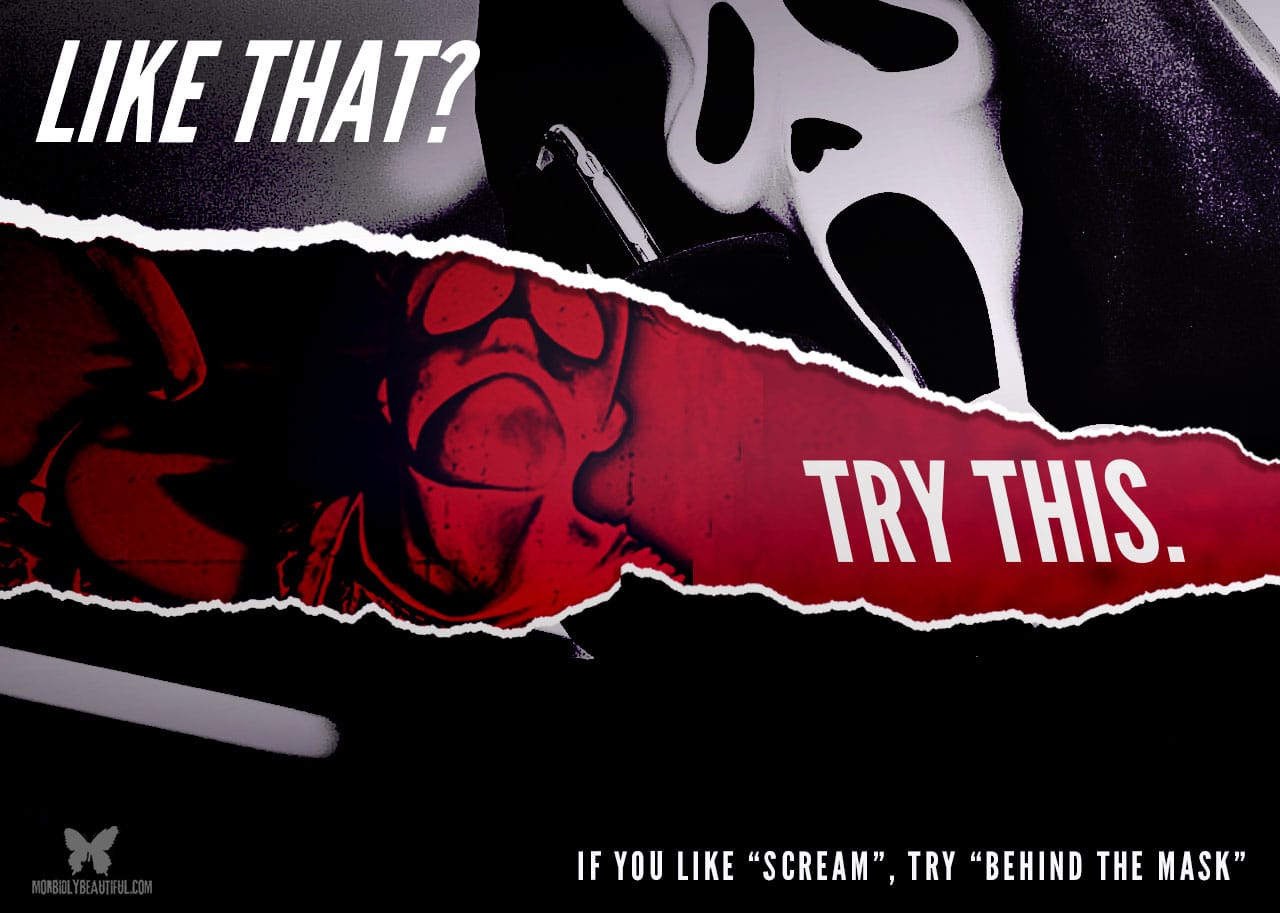
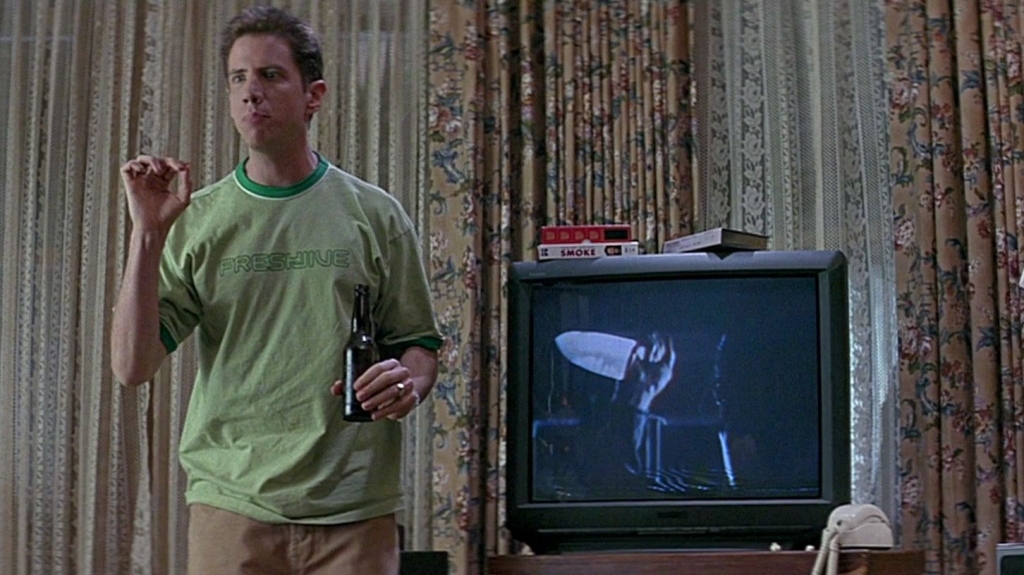
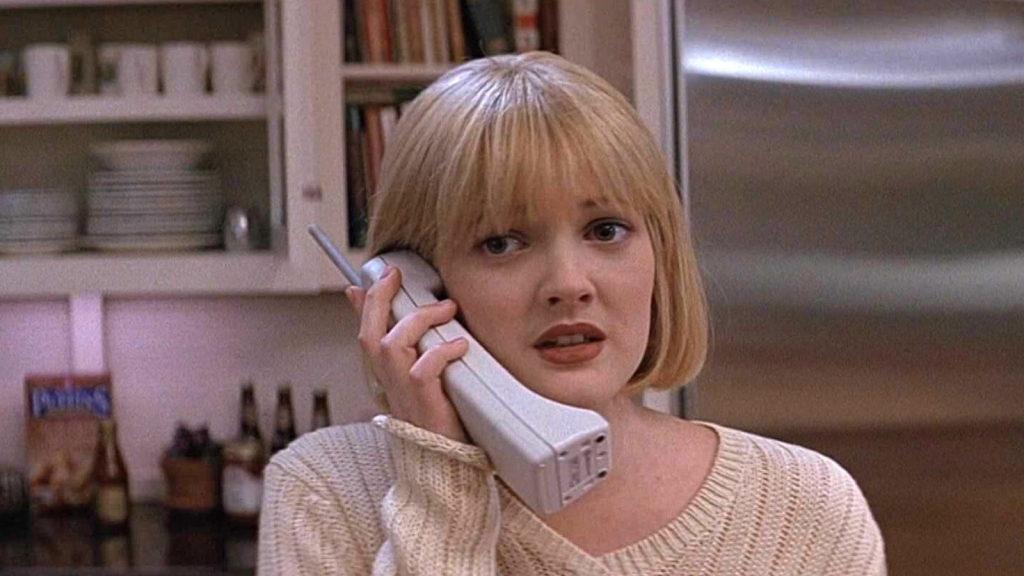
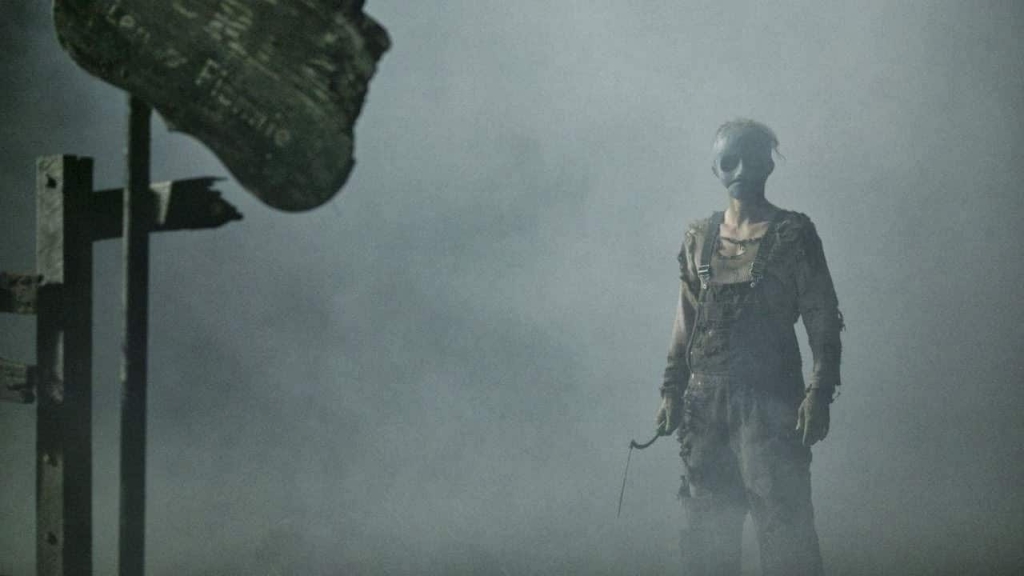
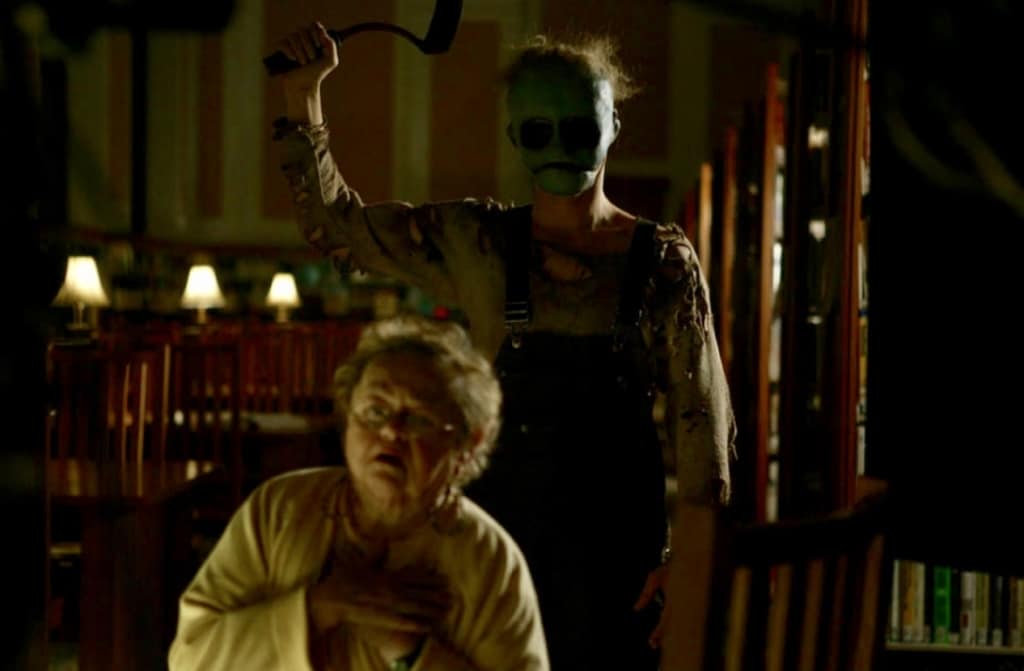
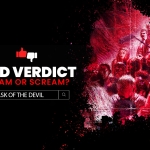
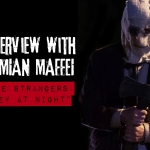
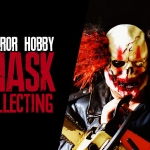
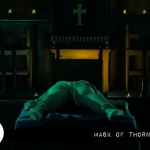


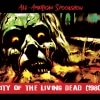




Follow Us!